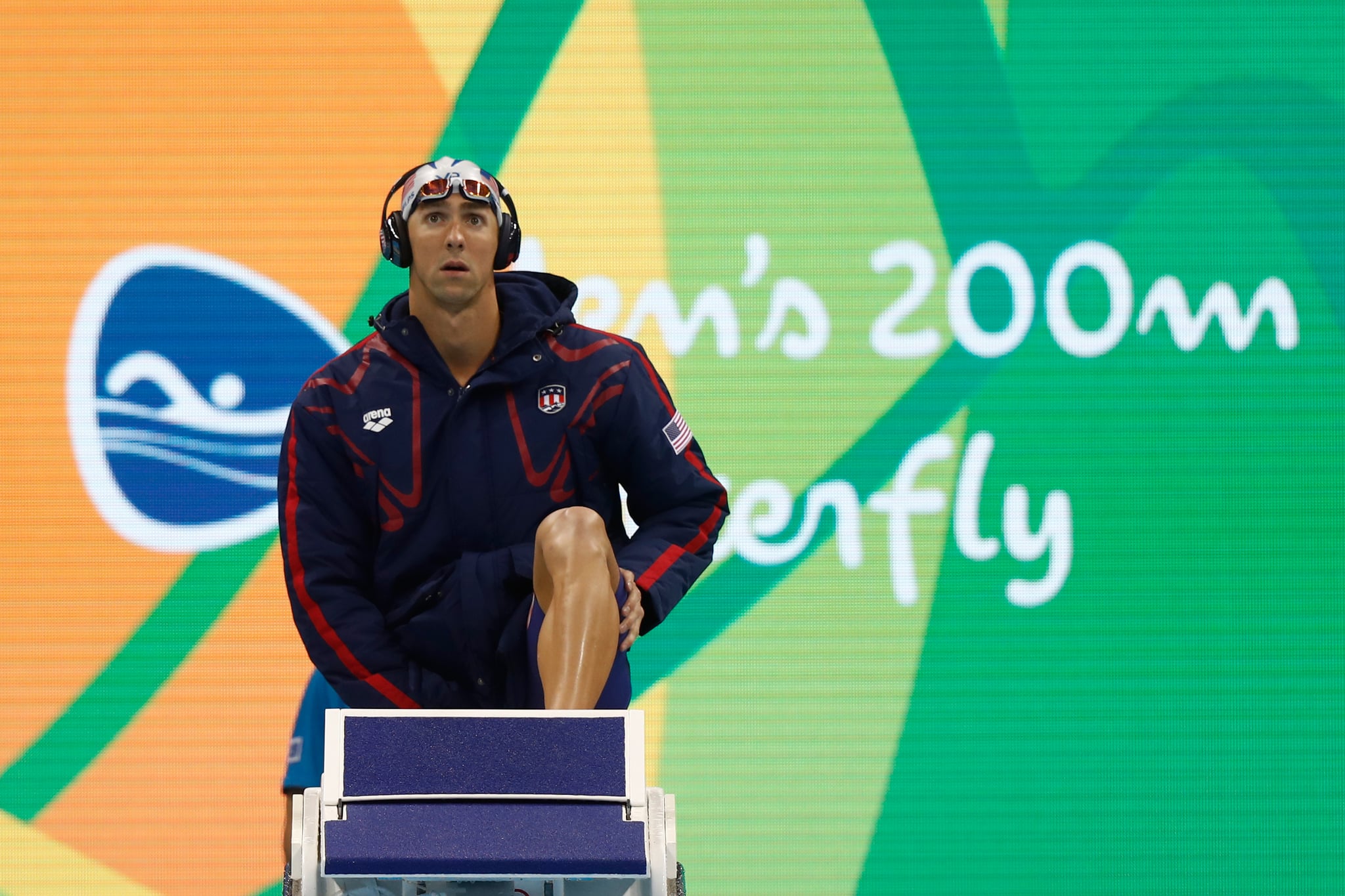
When it comes to uniforms — even Olympic uniforms — swimming lacks glamour and aesthetic. It's the truth, and as a former competitive swimmer [1], I can attest to this. Race suits are typically a solid colour (usually black) with your team name or logo splashed across the front, and that's about it. The same can be said for swimmers' fleece-lined coats, commonly referred to as "parkas" in the swimming community.
Parkas are far from fashionable, but they're a swimmer's best friend, especially before a race. Like other winter jackets, swim parkas are fleece-lined, zip-up coats with a hoodie and pockets. Most parkas fall below the knee, though some athletes opt to wear coats down to their mid-calf.
Olympic swimmers rely on a parka's warmth to help get them that much closer to securing a spot on the podium [2]. Call it superstition, but there's science behind it. Warmth leads to looser muscles [3], which can translate to cleaner strokes and a smoother glide in the water, as well as a faster time. Muscles that have not been warmed up are stiff and can feel heavier in the water. This can limit an athlete's range of motion and flexibility, and increase drag, a swimmer's worst enemy. Essentially, without a parka or some type of thermal warmup attire, a swimmer may not be able to perform their best.